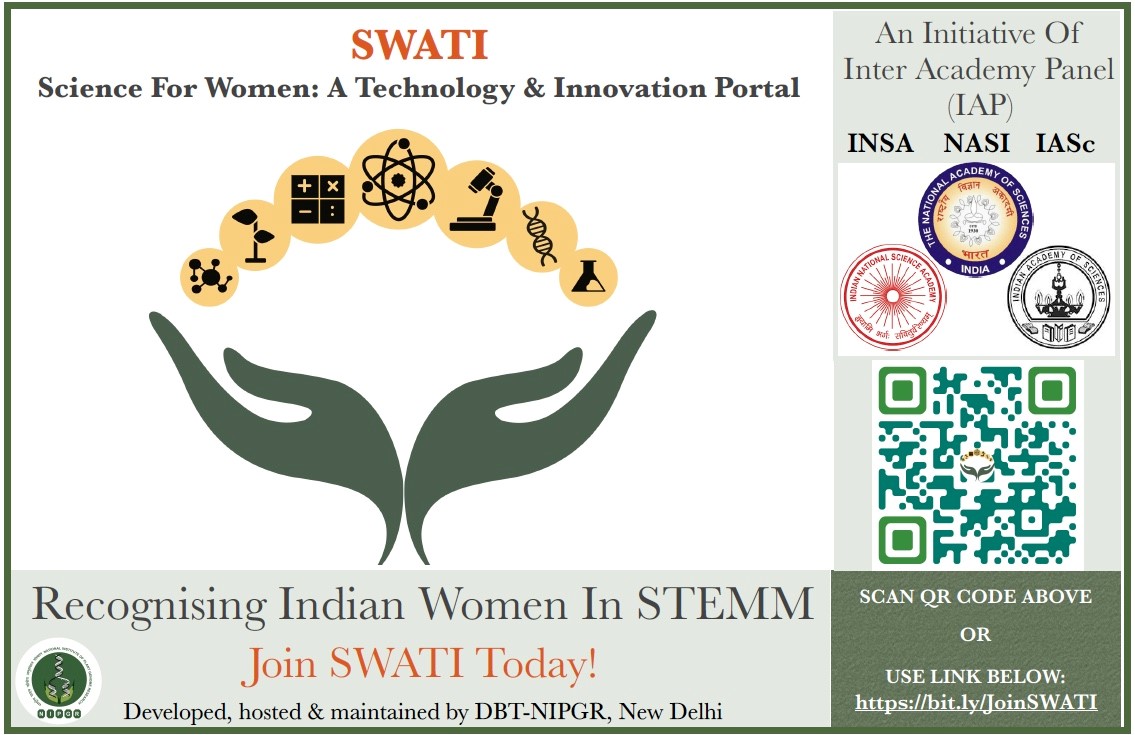Free Courses Sale ends Soon, Get It Now


Free Courses Sale ends Soon, Get It Now



Disclaimer: Copyright infringement not intended.
Context
The Principal Scientific Advisor to the Government of India has recently launched the "Science for Women-A Technology & Innovation (SWATI)" Portal, a groundbreaking initiative aimed at advancing the representation of Indian women and girls in STEMM (Science, Technology, Engineering, Mathematics & Medicine) fields.
Details
About SWATI Portal
Objectives:
Sections in the Portal:

Women in STEM in India
Current Status in India:
Reasons for Underrepresentation:
Government Initiatives:
Inspirational Women Scientists:
Conclusion
The launch of the SWATI Portal marks a significant step towards promoting gender equality and inclusivity in Indian STEMM fields. By providing a platform to showcase the achievements of women scientists and researchers, the portal aims to inspire the next generation of women leaders in science and contribute to a more diverse and vibrant scientific community in India.
|
PRACTICE QUESTION Q. By promoting gender equality, providing access to quality education, and fostering inclusive environments, India can empower women to excel in STEM fields. Discuss. (15 marks) |
© 2024 iasgyan. All right reserved